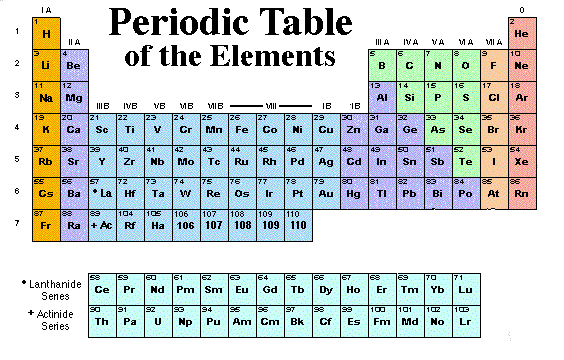TORONTO, ON – Pigments found in plants and purple bacteria employed
to provide protection from sun damage do more than just that.
Researchers from the University of Toronto and University of Glasgow
have found that they also help to harvest light energy during
photosynthesis.
Carotenoids, the same pigments which give orange color to carrots
and red to tomatoes, are often found together in plants with chlorophyll
pigments that harvest solar energy.
Their main function is
photoprotection when rays of light from the sun are the most intense.
However, a new study published in Science this week shows how they capture blue/green light and pass the energy on to chlorophylls, which absorb red light.
 |
| A custom-built programmable 3D printer can create materials with
several of the properties of living tissues, Oxford University
scientists have demonstrated: Droplet network c.500 microns across with
electrically conductive pathway between electrodes mimicking nerve.
(Credit: Oxford University/G Villar) | | | |
Credit: http://www.eurekalert.org













